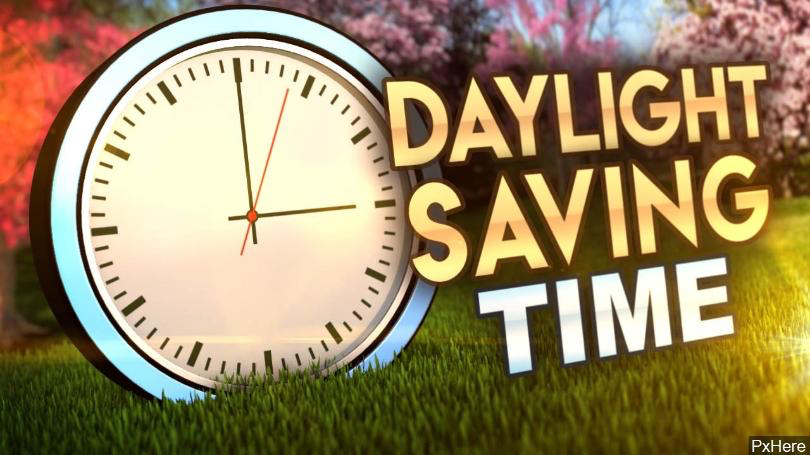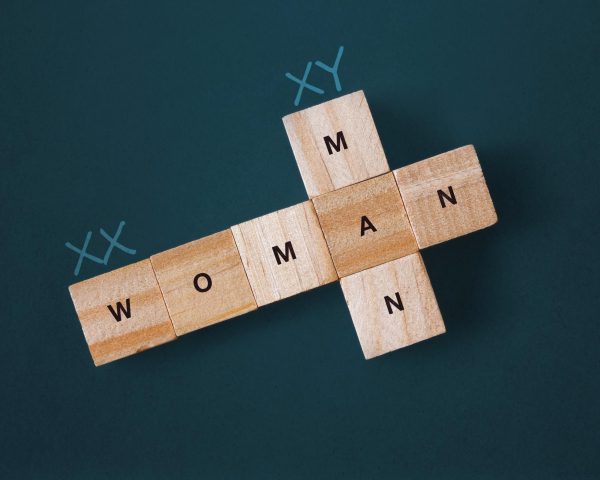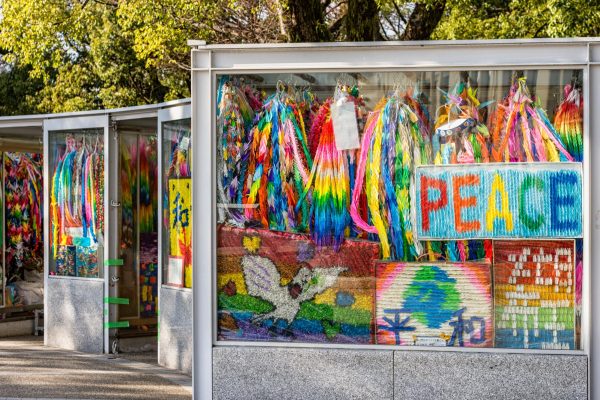The Truth Behind Daylight Saving Time
The Truth Behind Daylight Saving Time: Is It Still Necessary?
On November 1st, millions of people around the world set their clocks back one hour before going to bed. Daylight Saving Time (DST) seems like an inconvenience to many, so why was it created in the first place? It all started with two unrelated men, George Vernon Hudson and William Willet. Hudson, a scientist from New Zealand, first came up with the idea of moving the clock twice a year in 1895. He argued for a biannual two hour time shift: back in October and then forward in March. Although Hudson was the first to propose this idea, it didn’t gain much traction. Willet was a British builder, and his idea was to turn the clocks back by twenty minutes each Sunday in April and then back in September for a total of eight time switches throughout the year. Both these men suggested their ideas so that people could have more light during the day in the summer.
The first town to adopt Daylight Savings Time was Port Arthur in Ontario, Canada in 1908. The idea was then popularized eight years later in Germany during World War I. In an effort to conserve energy while fighting the war, the German government remembered Willet’s idea regarding the time change. The notion of preserving energy by changing clocks back one hour led the majority of countries fighting in World War I to adopt Daylight Savings Time to follow suit. After the war, the US government repealed DST; however, many states still used it, causing confusion among people traveling by train and other methods of transportation. Finally, in 1966 the federal government created the Uniform Time Act, which created the nationwide Daylight Savings Time schedule but still allowed states to opt out of observing it. With the exception of Hawaii and Arizona, most states chose to honor DST. The citizens of Arizona prefer the cooler hours of the night rather than the heat of the desert they must face during daytime, but the Navajo Nation uses DST to stay in sync with the rest of its territory which extends into Utah and New Mexico.
Today, many people want to get rid of Daylight Saving Time arguing that it is an unnecessary practice in our present society. It is a disturbance to the sleep schedule and rhythm of many, especially in the fall with the early sunsets and longer nights. Among others, both California and Florida have tried to pass laws to exempt themselves from DST, but federal law said that congress must approve this change which has not happened yet. Additionally, many people have urged lawmakers to put a stop to Daylight Saving Time to make switching between seasons easier. Ultimately, Daylight Saving Time comes across as an outdated idea, but it is still used throughout the majority of our nation even with a huge pushback from many citizens.
Zeyna is a sophomore at BASIS Independent Brooklyn. She enjoys baking, having fun with friends, and running in her free time. She also has been dancing...












